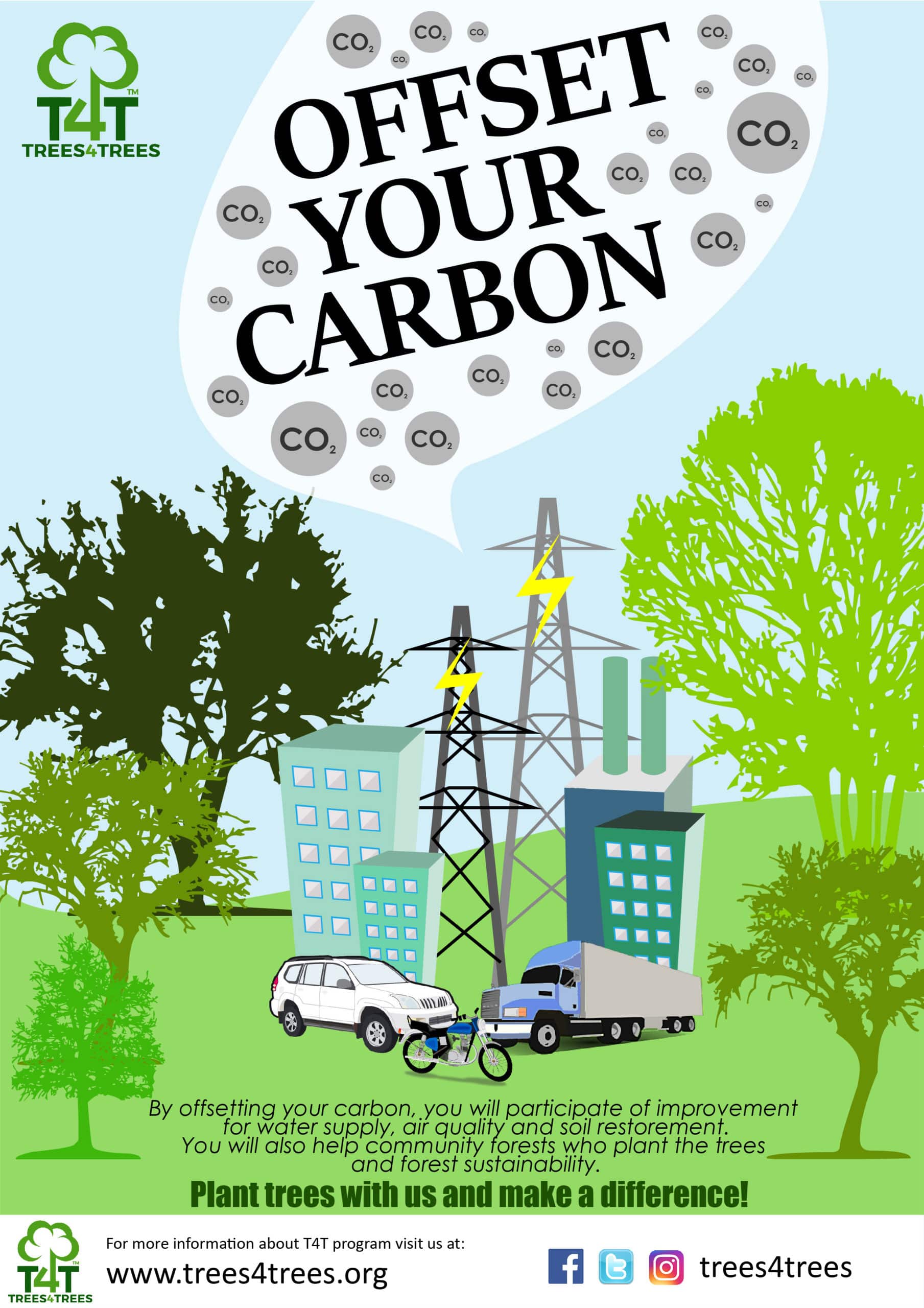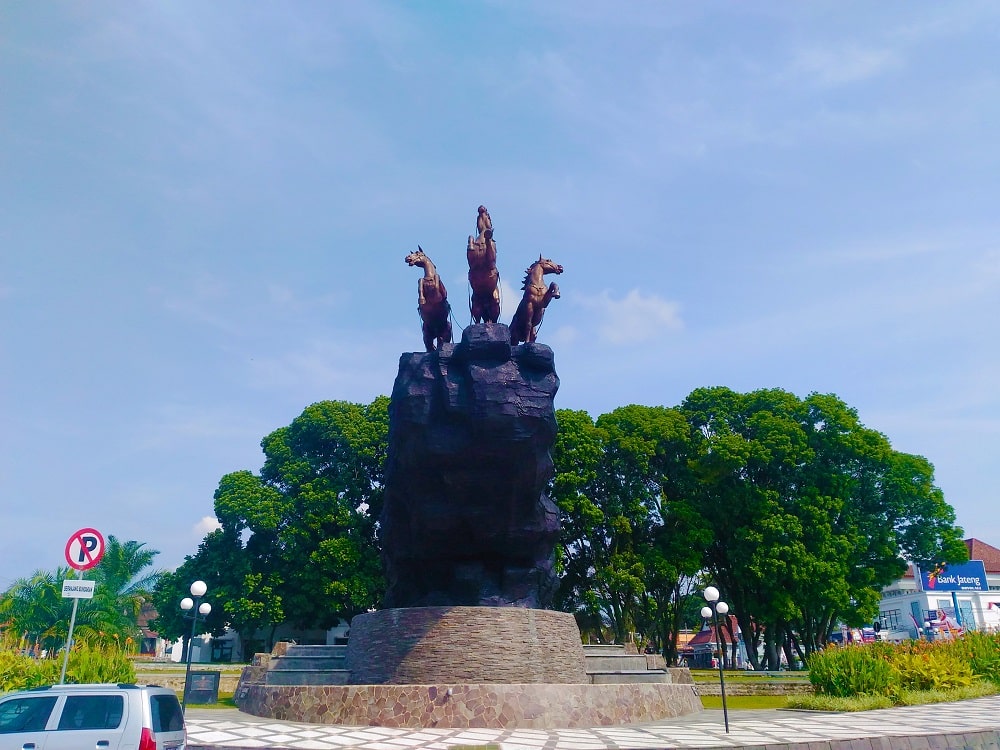Carbon Footprints Facts And Why Everyone Should Be Aware
Carbon has been our epic issue due to global warming. Carbon levels increased since Industrial Revolution (1800s) where natural sources, especially the combustion of fossil fuels, were used massively for human activites and the process of the industry. These caused ‘greenhouse effect’ where atmosphere traps the outgoing heat from inside and makes heat goes back. This trapped heat then makes temperatures higher and changes the climate.
Today, we still contribute in producing carbon emission by doing some habits we are accustomed with.
This production of carbon directly of indirectly as effects to support human activites is called carbon footprint. Here are the lists we have collected a few habits that rise carbon footprint.
1. Transportations
Transportations like bus, car, truck, train or motocycle use fuels generated from fossil to run. This usage releases carbon to the atmosphere. Airplane alone releases more carbon footprint and has higher impact. The reason why airplane has higher impact is that the emission is produced at cruising altitudes high in the atmosphere. This makes even more harmful impact that cause a series of chemical reactions in the atmosphere.
Contrails or condensate trails also produced by airplane, white trails that can be seen in the sky when CO and CO2produced condense with air and oxygen at high altitudes. Contrails stay in the air for hours and trap more heat from escaping the earth.
To reduce carbon footprint from transportations, try to use public transportations for your activity such as going for work, school or even for travelling and backpackers. Use personal car for 2 or more persons . Becycle can be useful too for short journeys. Try to do your weekly or monthly shopping in a single trip.
2. Electricity
The more electricity the more carbon will be produced. Electricity still uses both renewable and unrenewable sources such as fossil fuels, coals, water, wind and solar energy. Air conditioner, washing machine, computers, TV and other electronics uses electricity.
There are many things to do to save energy from simple ones to big ones. Turn off electronics when are not in use: lights, TV, air conditioner. Open you windows to get more natural lights for your house.
Use LEDs for lights, LED can save energy more than 70% than neon lights. Replace your PC with laptops, laptops can save around 40% of electricity.
3. Water
It takes a lot of energy needed to collect water and purifiy it again to be ready to use.Use water wisely for less water waste. Don’t let the water tap open while brushing teeth or washing the dishes. Don’t buy bottled water and bring your water bottle, this will save the plastic waste and money too. Wait for your washing machine in a full load and will save you the water and washing powder. Put the water as you need for cooking.
Now we know, that everyone has a carbon footprint. It can’t be avoided 100% but surely we can minimalize it and be friendly to environment.





